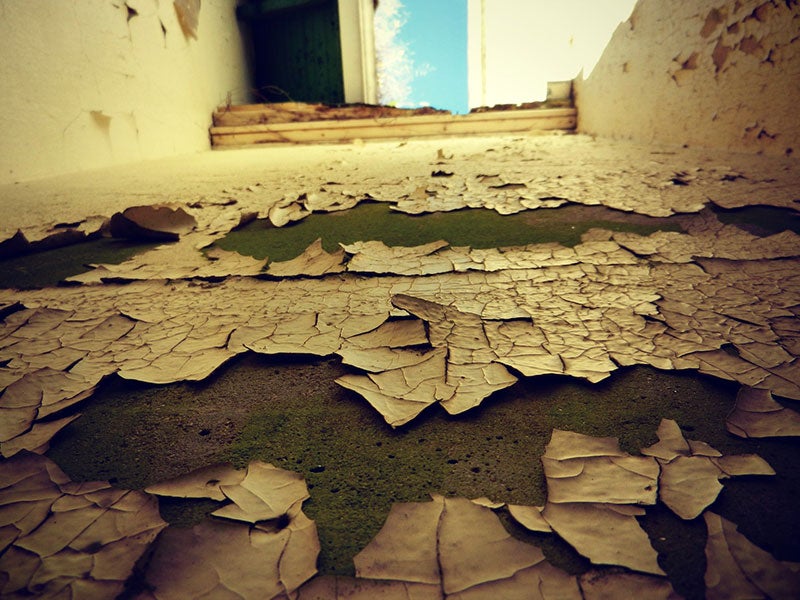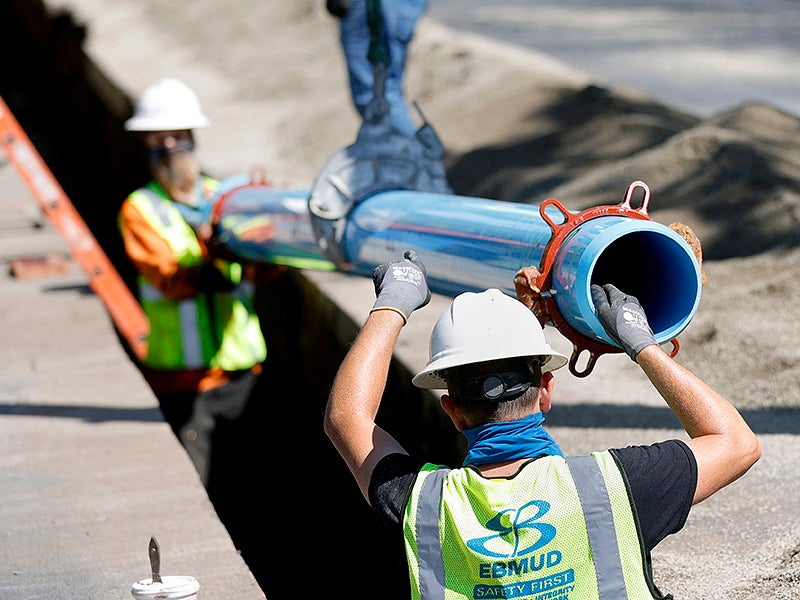Protecting Children from Lead Hazards in Homes and Schools
Even in small amounts, lead can irreversibly damage kids with diminished I.Q., learning disabilities, and impaired hearing. About 15.2 million students were enrolled during 2016 and 2017 in school districts that discovered lead-based paint in their buildings, according to the Government Accountability Office survey
Clients
A Community VoiceCalifornia Communities Against ToxicsHealthy Homes CollaborativeNew Jersey Citizen ActionNew York City Coalition to End Lead PoisoningSierra ClubUnited Parents Against LeadWE ACT for Environmental Justice
Regional Office / Program
Case Overview
Community advocacy and environmental organizations, represented by Earthjustice, successfully sued the U.S. Environmental Protection Agency in 2019 for failing to establish protective lead hazard standards for older housing and child-occupied facilities like schools and daycares.
The EPA’s definition, which was set in 1992, was more than 55 times less protective than the definition used by the Consumer Product Safety Commission.
The lead dust hazard standards, which the Trump administration updated, were too lax to protect families and children from lead-based paint found in older structures. In 2021, the 9th Circuit Court of Appeals ordered the EPA to reconsider its 2019 hazard standard for lead in dust from deteriorating lead paint, which would tolerate exposure to dangerous levels of lead, and to update its long-outdated hazard standards for lead in soil.
The revision of the rule comes after the 9th Circuit previously ordered the EPA to update the outdated dust lead hazard standards for housing and child-occupied facilities built before 1978, as well as the definition of lead-based paint, as a result of a previous lawsuit filed by Earthjustice.
One of the most common causes of lead poisoning in children is the ingestion of lead dust from deteriorating paint. There is no safe level of lead exposure for children, according to the Centers for Disease Control. About half a million children in the U.S. have levels of lead in their blood high enough to qualify as lead poisoning.
Lead-based paint disintegrates over time and contaminates dust throughout homes or schools; lead in soil around these buildings also leads to children’s exposure.
Lead exposure from paint is still common. A 2019 investigation by WNYC and Gothamist found lead contamination from deteriorating paint in four public elementary schools in New York. Some of the classrooms showed lead levels more than 100 times the standard that EPA adopted. Given how outdated the national standards are, it’s unlikely this is an isolated event in the country.

Case Updates
Case page created on May 17, 2021.
